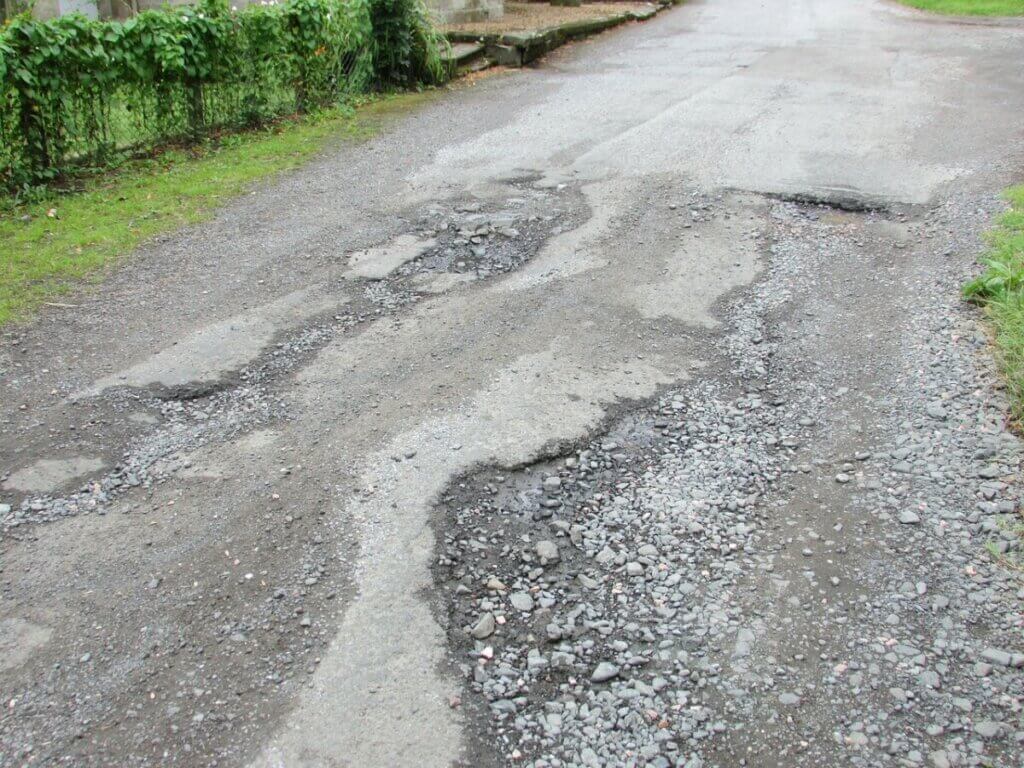Asset management (AM) has seen a surge in popularity. The practice involves creating a comprehensive plan involving multiple stakeholders within an organization with a coordinated plan for their owned or planned assets.
In the public sector, this involves the assets that are already owned or built. Roads, bridges, signage, water systems, telecommunications, and the like are fit into this category. Asset management also includes projects that either planned or are currently being built and how they will be integrated into the existing asset management plans.
Overall, the goal of asset management is to maximize the value of an organization’s assets over their lifetime and ensure reliable delivery of service – be that safe roads or clean water.
In the public sector, this is a complex process. Many of the assets are both costly – roads can cost upwards of one million dollars per mile – and enormous – think dams, roads, bridges, etc. This makes their management critical from a financial perspective while also being overwhelming when considering inspection and monitoring.
Given the rapidly changing tools and techniques available to the public sector, the future of asset management will likely be radically different than today. Not only will the policy and best-practices be changing rapidly over the coming years, but the developments of the technology in the space will also create more opportunities for public sector clients to create sophisticated and effective programs at all levels of government.
Below, I’ve compiled a list of technologies and advances that will continue to be involved in the ongoing revolution in asset management.
Cloud Data
Public-sector clients are now able to reliably offload their data containing asset information into cloud-based systems. Not only does the alleviate the need for complex on-site IT requirements, it also provides a SaaS model that allows clients to benefit from ongoing product enhancements rather than one-time license based fee models. Some notable products in this space are Pitney Bowes Confirm or Cartegraph. Lucity, Cityworks, AssetWorks, Traisr, and CSDatum are also paving the way.
GIS (Geographic Information System)
The ongoing improvements and accessibility of high-quality mapping data has led to similar improvements in GIS capability. Public sector clients are able to both localize their assets but to also perform complex analyses in a geospatial context–-for instance querying for “all damaged signs within a geographic boundary”. The market leader in this space is ArcGIS by Esri but many free and open-source tools are also quite capable such as Google Earth.
Asset Tagging
Machine learning and AI is providing new automatic asset assessment products into the market for public-sector clients. These technologies enable governments to conduct more frequent assessments of the status of their assets at affordable rates while being more effective than existing inspection regimens. While this remains an emerging market, some notable examples include RoadBotics which offers automated road inspections and RedZone that offers robotic sewer inspections.
Data Science
Asset management continues to receive more, better and more frequent data that is enabling advanced analytics to determine likely outcome scenarios for a given asset. Our ability to predict failure scenarios, optimal maintenance cycles and replacement regimens will be driven by this explosion of data and improvements in analytics capability.
Taken together these technologies provide a bright future for asset management. By lowering the barrier to entry for these enabling products and delivering a higher ROI, we will continue to see more and more public sector organizations adopt asset management regimens.







